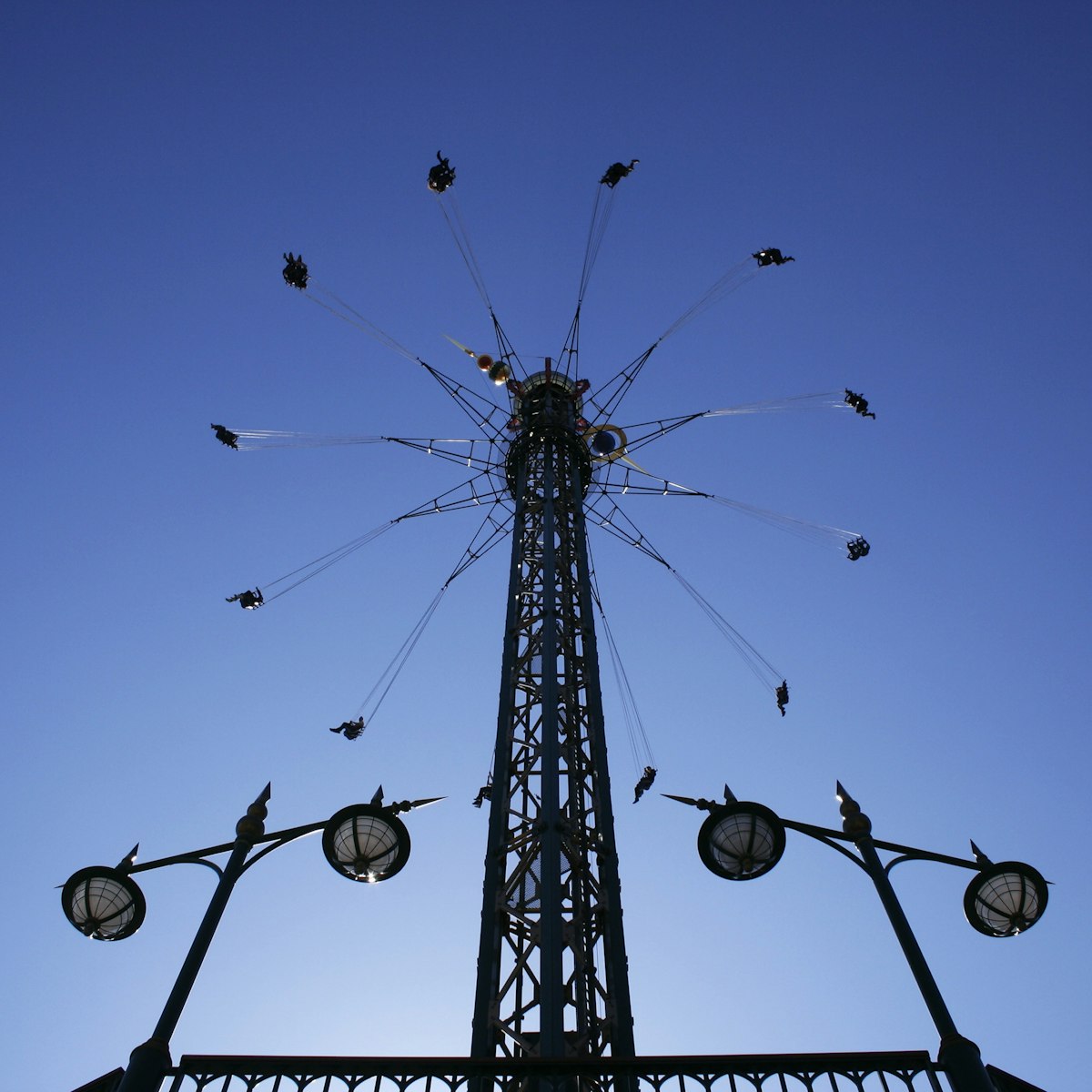To reach the base of Stevns Klint, you'll need to descend 110 steep steps just south of the Højerup Gamle Kirke grounds. At the bottom, climb the second set of steps (beside the first) to avoid the rockiest part of the beach. The trail leads to the very foot of the cliff, from where it's possible to see the thin layer of 'dinosaur dust' fish clay halfway up the cliff face.
Fossil collectors make regular finds amid the limestone debris on the beach, and you're free to take them home – but chiselling at the cliffs themselves is forbidden.







